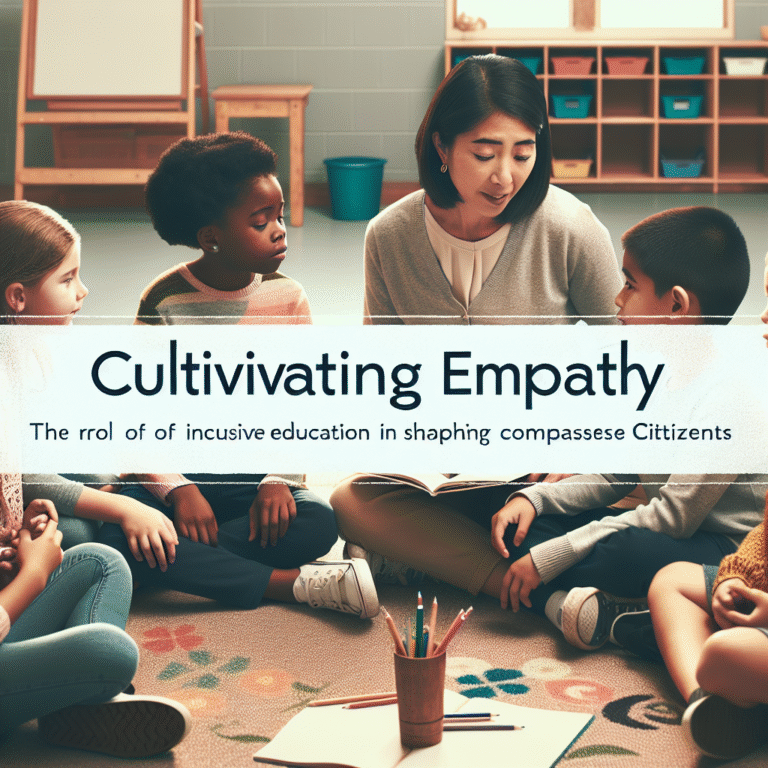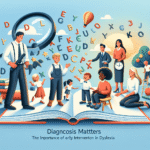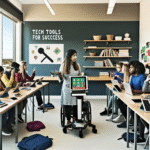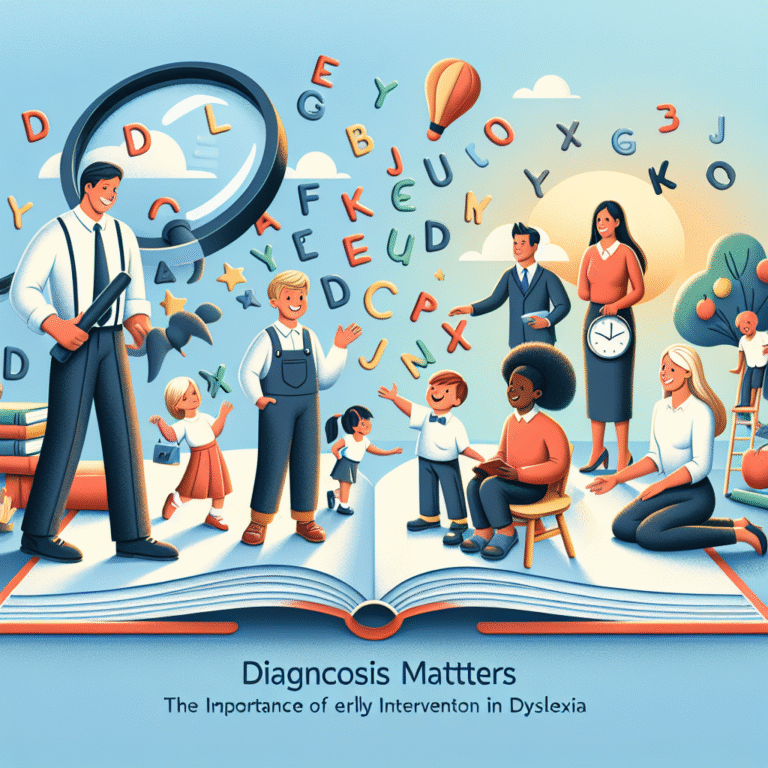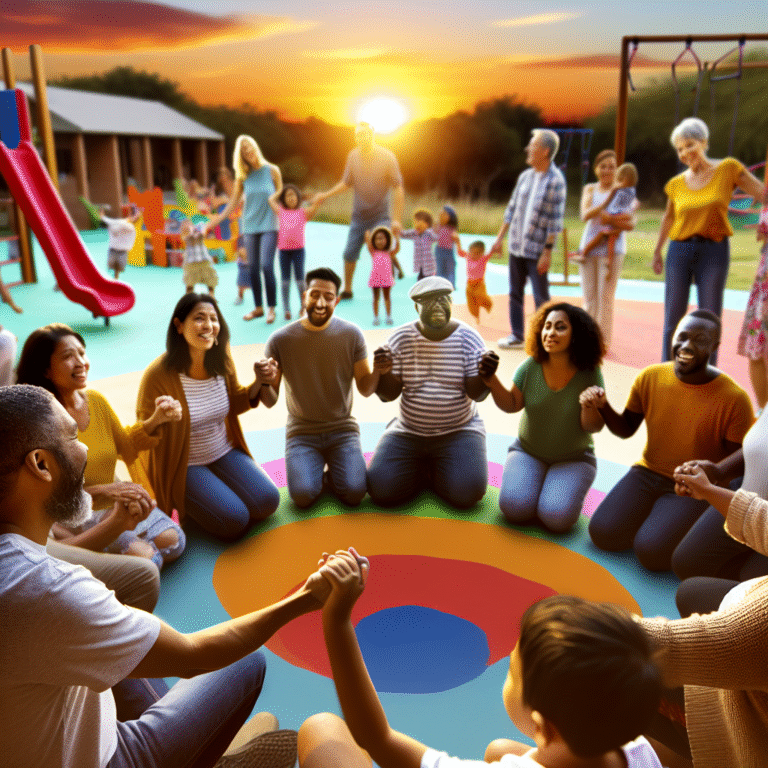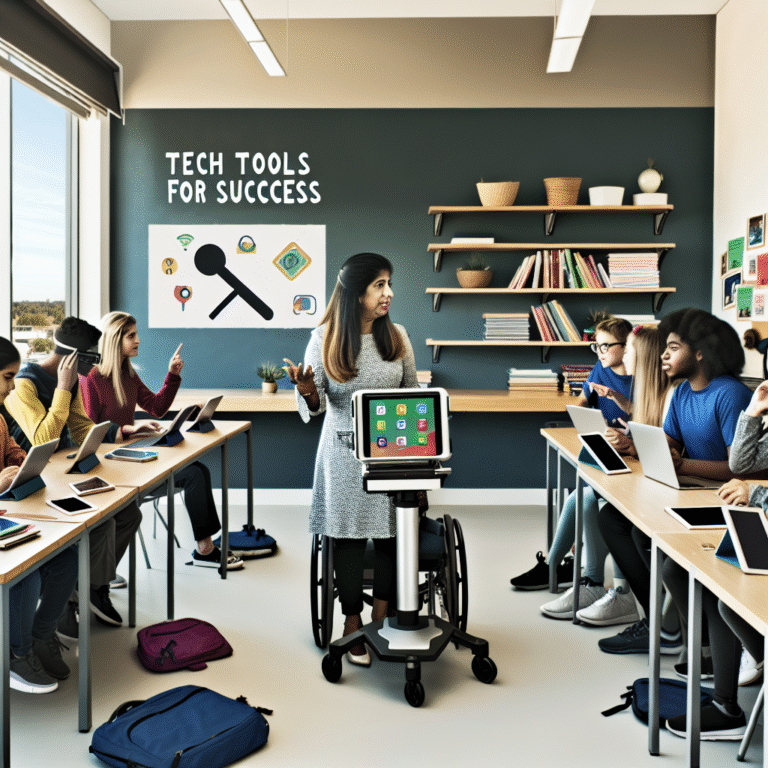
Introduction
In the dynamic world of education, we often find ourselves focused on explicit lessons, standardized tests, and curriculum design. Yet, beneath the surface lurks a powerful entity that shapes students’ experiences: the silent curriculum. This concept covers the invisible forces that influence classroom climate and student learning in profound ways. Understanding this element is essential for educators, administrators, and even parents who wish to cultivate a more effective learning environment.
What transpires in a classroom is not confined to textbooks and lectures. From body language of teachers to the layout of the room, countless subtle factors contribute to what students learn, how they feel, and ultimately, their success. By diving deep into The Silent Curriculum: Understanding the Invisible Forces of Classroom Climate, we can unveil these hidden elements and harness their potential to create an enriching educational experience.
The Invisible Influences at Play
The Role of Teacher-Student Relationships
One of the most significant aspects of classroom climate is the relationship between teachers and students. A strong rapport can foster trust and encourage engagement, while a strained relationship can lead to disengagement and anxiety.
Case Study: The Impact of Relationships on Learning
A study conducted in a high school in California demonstrated a direct relationship between the quality of teacher-student interactions and student performance. Teachers who took time to understand their students’ backgrounds and interests saw improved academic achievements. This case highlights the critical role of interpersonal dynamics in The Silent Curriculum: Understanding the Invisible Forces of Classroom Climate.
Classroom Environment and Setup
The physical classroom environment significantly influences students’ emotions and behaviors. Elements like lighting, color, and furniture arrangement can either facilitate or hinder learning.
Table 1: Effective Classroom Environment Factors
| Factor | Positive Impact | Negative Impact |
|---|---|---|
| Lighting | Enhances focus and mood | Strains eyes and reduces attention |
| Color Psychology | Promotes creativity and calmness | Can cause distraction or stress |
| Layout | Encourages collaboration and movement | Leads to chaos and frustration |
Properly setting up a classroom is an essential part of The Silent Curriculum: Understanding the Invisible Forces of Classroom Climate. A well-organized environment can promote engagement and comfort.
Unspoken Norms and Expectations
Every classroom has its unspoken rules and cultural norms, which can be just as influential as the formal curriculum. Whether it’s how students are expected to interact with peers or the consequences of misbehavior, these unspoken factors contribute significantly to classroom climate.
Case Study: Norms in Practice
In a middle school in New York, teachers implemented peer feedback sessions. Initially met with resistance, the unspoken norm evolved into a collaborative culture, leading students to feel safe to express their ideas. This transformation illustrates how norms can shape the classroom experience, a key aspect of The Silent Curriculum: Understanding the Invisible Forces of Classroom Climate.
The Emotional Landscape of Learning
The Power of Emotion
Emotion plays a vital role in how students engage with content and their overall learning experience. A positive emotional climate can enhance motivation, while a negative emotional atmosphere can stifle curiosity and growth.
Case Study: Emotional Intelligence Programs
A high school in Colorado introduced an emotional intelligence program aimed at developing students’ self-awareness and empathy. As a result, instances of bullying decreased, and overall academic performance improved. This demonstrates the need for educators to focus on emotional climates within the framework of The Silent Curriculum: Understanding the Invisible Forces of Classroom Climate.
Developing a Supportive Atmosphere
Creating a safe and supportive environment is crucial for nurturing a positive classroom climate. Strategies include offering praise, encouraging student voice, and promoting inclusivity.
Table 2: Strategies for Enhancing Classroom Climate
| Strategy | Benefits |
|---|---|
| Regular Check-Ins | Increases student connection |
| Diverse Materials | Promotes inclusivity and understanding |
| Collaborative Projects | Develops teamwork and social skills |
Integrating these strategies helps educators master The Silent Curriculum: Understanding the Invisible Forces of Classroom Climate.
Social Dynamics and Peer Influence
The Role of Group Dynamics
Classroom climates are not only shaped by teachers but also by the students themselves. Social dynamics play a crucial role; peer relationships can either enhance or diminish learning experiences.
Case Study: Peer Learning Initiatives
At a high school in Texas, a teacher altered her group arrangements to promote mixed-ability collaboration. The camaraderie fostered among students enhanced learning outcomes, emphasizing the impact of peer dynamics within The Silent Curriculum: Understanding the Invisible Forces of Classroom Climate.
Addressing Diversity and Inclusion
Diversity in the classroom must be celebrated to create an inclusive environment. Different backgrounds bring unique perspectives and experiences, enriching discussions and ideas.
Matrix 1: Diversity and Learning Outcomes
| Diversity Factor | Positive Impact | Potential Challenge |
|---|---|---|
| Cultural Background | Broadens perspectives | May cause misunderstandings |
| Learning Styles | Addresses various learning preferences | Can complicate lesson planning |
Acknowledging diversity helps educators navigate The Silent Curriculum: Understanding the Invisible Forces of Classroom Climate effectively.
The Role of Informal Interactions
Breaking Bread and Building Bonds
Casual interactions among students and teachers can significantly influence classroom dynamics. Shared meals, informal chats, and social events can foster community and trust.
Case Study: The Lunchtime Learning Initiative
At a community college in Florida, educators encouraged lunch-and-learn sessions where students and faculty could socialize over food. This initiative led to stronger relationships and open communication, revealing the transformative potential of informal interactions in The Silent Curriculum: Understanding the Invisible Forces of Classroom Climate.
Mentor Programs: Beyond the Classroom
Mentorship can extend beyond formal classroom boundaries, providing students with a support network. Mentors serve not only as educational guides but also as emotional anchors.
Analysis of a Mentorship Program
A program at a university connected first-year students with upperclassmen mentors, enabling them to navigate social and academic challenges. By providing guidance, mentors helped shape a positive classroom climate, demonstrating how informal support can be central to The Silent Curriculum: Understanding the Invisible Forces of Classroom Climate.
Training Educators for Impact
Professional Development
To harness the silent curriculum effectively, teachers must be trained to recognize and respond to its elements. Professional development programs focusing on classroom climate can empower educators to make meaningful changes.
Case Study: Transformative Training Programs
A district in Chicago implemented ongoing workshops on classroom climate strategies, resulting in improved teacher interactions and noticeable changes in student behavior and performance. This underscores the need for targeted training in recognizing The Silent Curriculum: Understanding the Invisible Forces of Classroom Climate.
Reflective Practices for Educators
Reflection allows educators to evaluate their impact on classroom climate actively. Continuous self-assessment can drive improvement and ultimately benefit students.
Table 3: Reflective Practice Techniques
| Technique | Purpose |
|---|---|
| Journaling | Promotes self-awareness |
| Peer Observations | Offers constructive feedback |
| Student Feedback | Provides insight into the classroom experience |
Incorporating reflective practices positions educators to enhance The Silent Curriculum: Understanding the Invisible Forces of Classroom Climate.
Conclusion
As we journey through the intricate landscape of education, it’s crucial to recognize the power of unspoken elements that shape classroom interactions and learning. The Silent Curriculum: Understanding the Invisible Forces of Classroom Climate provides educators, administrators, and communities with the tools to create more effective educational environments.
By focusing on relationships, emotional landscapes, social dynamics, and professional development, we can unlock the doors to improved student outcomes and heightened engagement. As you reflect on your own educational experiences, consider how you can harness the silent curriculum in your setting.
Inspirational Takeaway
In the words of Albert Einstein, “Strive not to be a success, but rather to be of value.” By cultivating a positive classroom climate, we can create spaces where every student feels valued, heard, and empowered to succeed.
Frequently Asked Questions (FAQs)
1. What is the silent curriculum?
The silent curriculum refers to the unwritten, unofficial, and often hidden aspects of education that influence the learning environment, including teacher-student relationships, classroom layout, and social dynamics.
2. How can teachers improve classroom climate?
Teachers can enhance classroom climate by fostering strong relationships with students, creating a supportive environment, involving diverse materials, and encouraging open communication.
3. Why is emotional intelligence important in education?
Emotional intelligence enables students and educators to navigate feelings and relationships effectively, creating a more supportive learning atmosphere that enhances engagement and success.
4. What role does peer influence play in classroom dynamics?
Peer influence significantly impacts student engagement and behavior. Positive peer relationships can foster collaboration, whereas negative dynamics can lead to isolation and disengagement.
5. How can schools promote diversity and inclusion in the classroom?
Schools can promote diversity and inclusion by incorporating culturally relevant teaching materials, encouraging student collaboration, and creating spaces for open dialogue about differences.
By embracing the silent curriculum, educators can dramatically influence the learning experience, paving the way for a brighter future in education.







